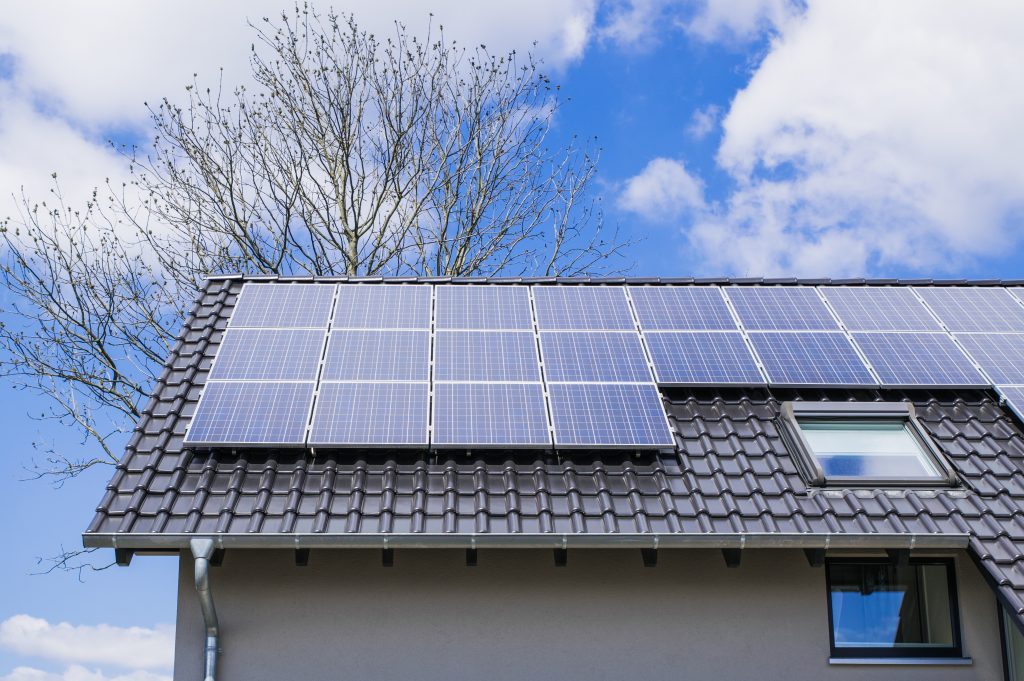
Equipping your home with solar power equipment is made easy with the help of your local LeverEdge dealer.
In this post, we’re looking at the seven simple steps that are typically required for a new residential solar power system to be installed.
Let’s get started!
Step 1: Site Evaluation
It’s important to first determine the best location for the solar panels, taking into account the amount of sunlight, shading, and other environmental factors. This is often done in a single visit.
Step 2: Building and Zoning Permits
Next, your solar panel installer will check with local zoning boards to make sure the installation complies with building and zoning regulations.
If the installation does not comply, recommendations and explanations will be provided to you.
Step 3: System Design
Your qualified solar contractor will determine the size and type of system, and the number of solar panels needed.
Also part of the design process will include the identification and quantity of all required inverters, cabling, junction boxes, and other required electrical components.
Step 4: Equipment Installation
The contractor will install the mounting system, which includes an array of rails, frames, and other structures, on which the solar panels will be secured.
Then, the solar panels themselves will be affixed to the mounting hardware just in time for…
Step 5: Wiring the Connections
The next step in the process involves connecting the wiring to the solar panels and to the electrical system, ensuring all connections are secure and up to code.
Step 6: System Testing
This is a crucial part of the project: your solar contractor will test the system to ensure it is functioning properly. During these tests, electrical load will be placed on all connections while specialized testing equipment is used to ascertain overall efficiency and functionality.
Step 7: Ongoing System Monitoring
No residential solar power system is truly complete without a monitoring strategy. Your contractor will monitor the system to ensure it is running efficiently, and will make any necessary adjustments.
Often, the monitoring system itself can be accessed by you, the homeowner. Any alerts can then be detected the moment they happen, and you can contact your contractor for guidance.
Ready to Locate a LeverEdge Dealer Near You?
If you think your home could benefit from solar power, you’re probably right!
To get started, you’ll want to connect with a LeverEdge dealer near you. We can help; just head over to to our contact page to get started!
Share this Post

